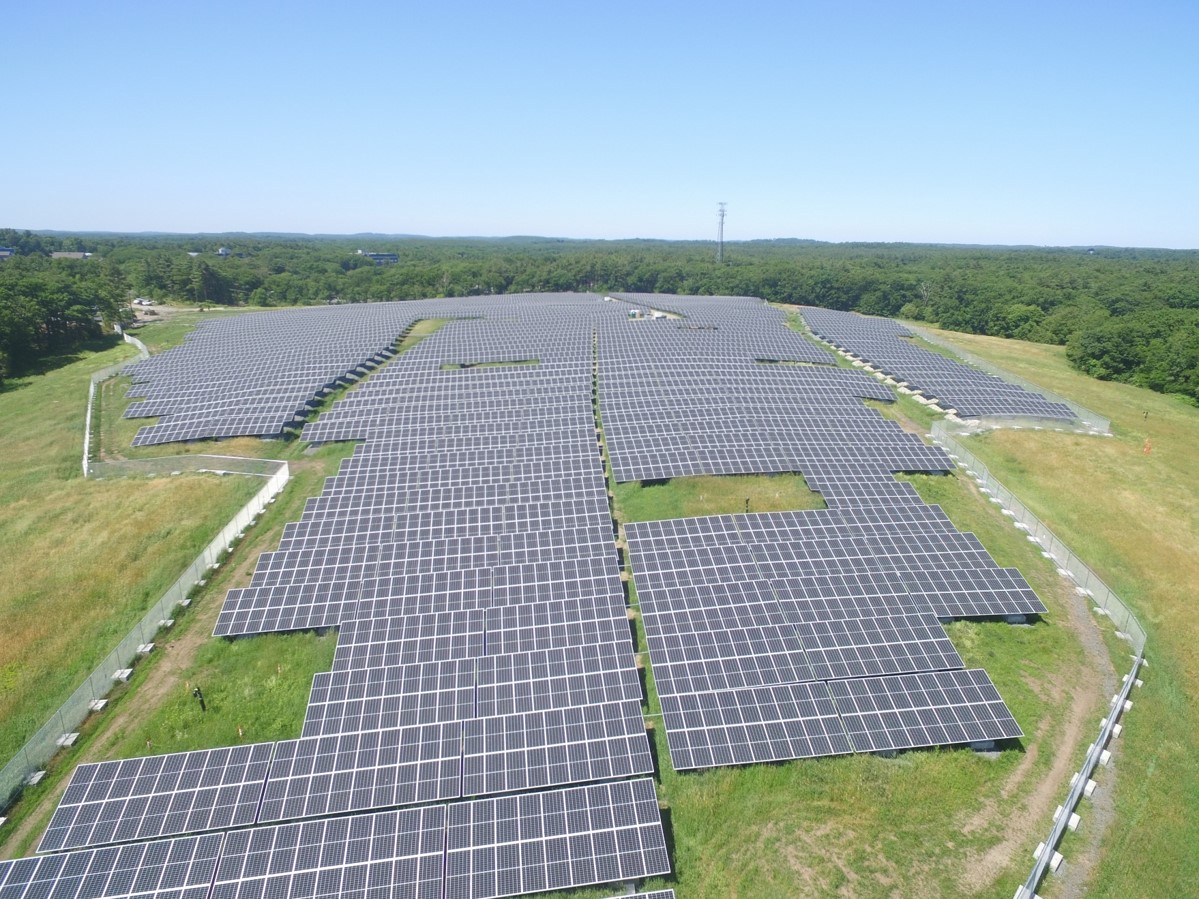Navisun, an independent power producer and solar asset owner, announced it has secured up to $235 million in debt financing through two separate facilities. The financing is expected to help the company scale its business and execute its project pipeline. The company co-develops, acquires, owns, and operates distributed small utility-scale solar projects.
The first facility is a $105 million, five-year revolving construction credit facility, including a letter of credit facility. The financing also incorporates an up to $50 million accordion feature, which offers the company flexibility to upsize as the portfolio grows.
MUFG acted as administrative agent, issuing bank, and coordinating lead arranger for the financing. Export Development Canada acted as mandated lead arranger.
The second facility is a 5-year, up to $130 million deal that includes a letter of credit facility and a delayed-draw term loan. It includes a $75 million accordion feature.
MUFG led the financing of this round and operated as administrative agent, issuing bank, and coordinating lead arranger. Wells Fargo and Export Development Canada acted as mandated lead arrangers. Wilmington Trust acted as collateral agent and depository for both facilities.
“The financing facilities we have secured provide us with the necessary capital to continue to innovate and expand our portfolio of solar and storage projects,” said Doug Johnsen, managing partner and co-founder of Navisun.
The funding announcement comes at a time when many solar developers in the small utility and community scale are facing potential financial troubles. Silicon Valley Bank, which was put into receivership by the U.S. Federal Deposit Insurance Corporation (FDIC), financed roughly 62% of U.S. community solar projects.
Renewables are mainstream
Bloomberg NEF reports that global investment in renewables totaled $226 billion in the first half of 2022, an increase of 11% year-over-year from 1H 2021. KeyBanc managing director Andrew Reddinger said renewable energy in the institutional investment world has gone “from niche to mainstream.”
Renewable energy’s share of electricity generation has grown 42% from 2010 to 2020, said the Center for Climate and Energy Solutions, increasing to about 20% of utility-scale generation in the U.S.
While project-based financing has carried the torch for the energy transition, Redinger said he sees a new massive source of capital opening to the industry. Once potential source is the multi-trillion-dollar Term Loan B marketplace.
“That marketplace tends to lever these deals up more than banks, they tend to be less restrictive and, I think, that will end up being a better source of capital for renewables,” said Redinger.
This content is protected by copyright and may not be reused. If you want to cooperate with us and would like to reuse some of our content, please contact: editors@pv-magazine.com.









By submitting this form you agree to pv magazine using your data for the purposes of publishing your comment.
Your personal data will only be disclosed or otherwise transmitted to third parties for the purposes of spam filtering or if this is necessary for technical maintenance of the website. Any other transfer to third parties will not take place unless this is justified on the basis of applicable data protection regulations or if pv magazine is legally obliged to do so.
You may revoke this consent at any time with effect for the future, in which case your personal data will be deleted immediately. Otherwise, your data will be deleted if pv magazine has processed your request or the purpose of data storage is fulfilled.
Further information on data privacy can be found in our Data Protection Policy.